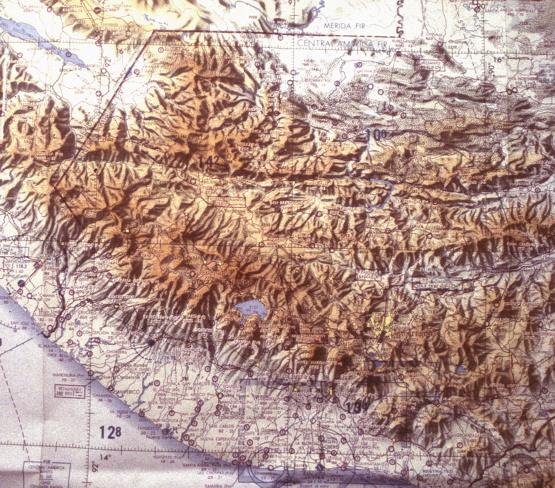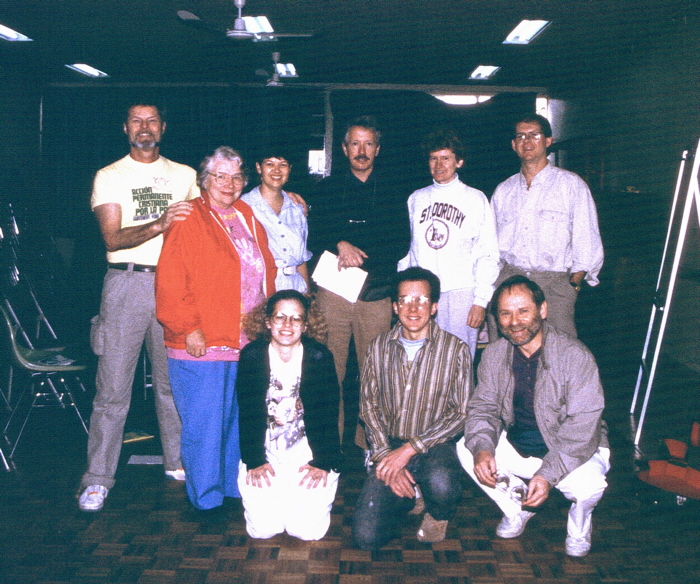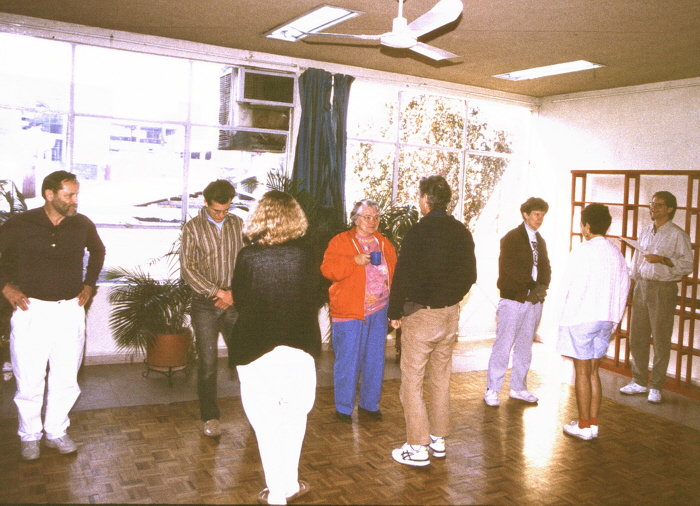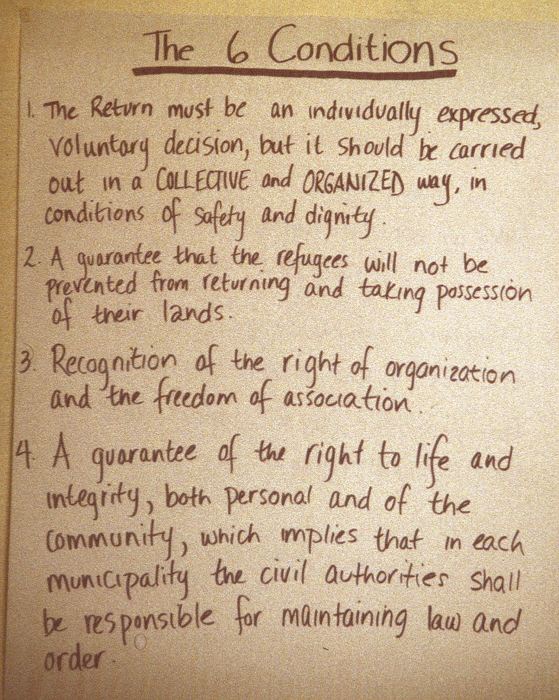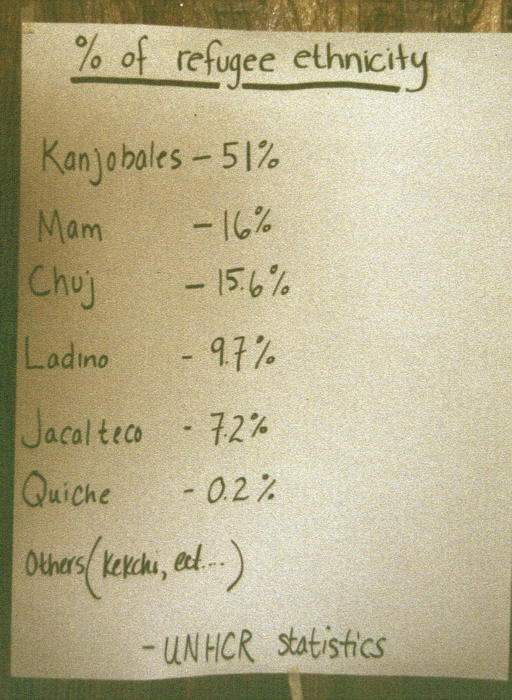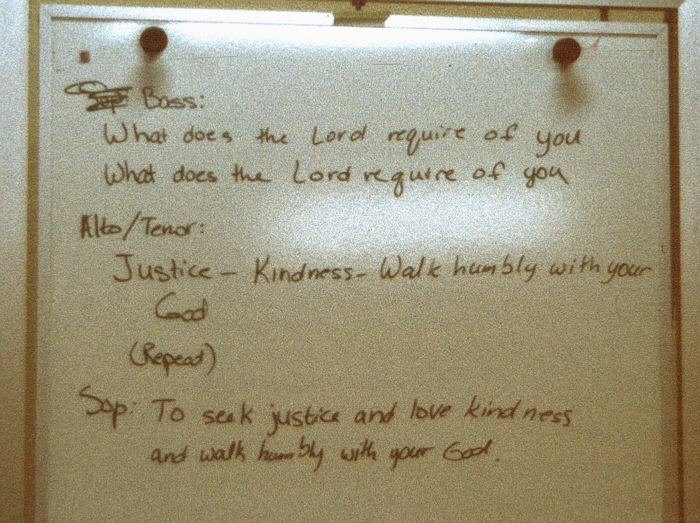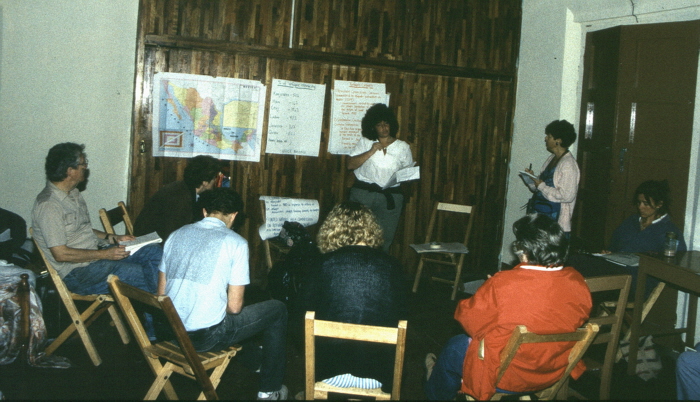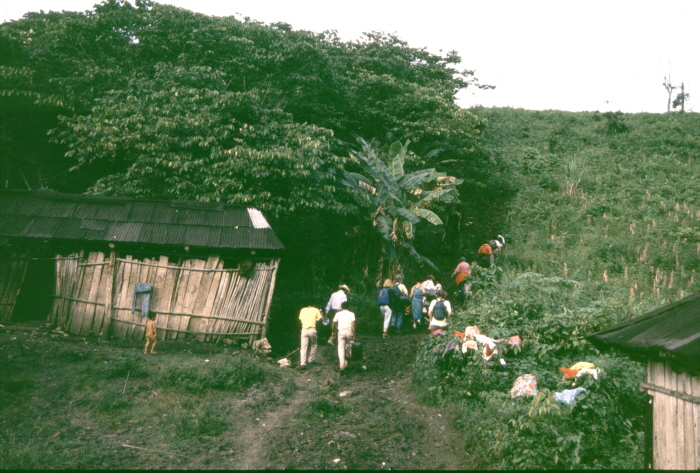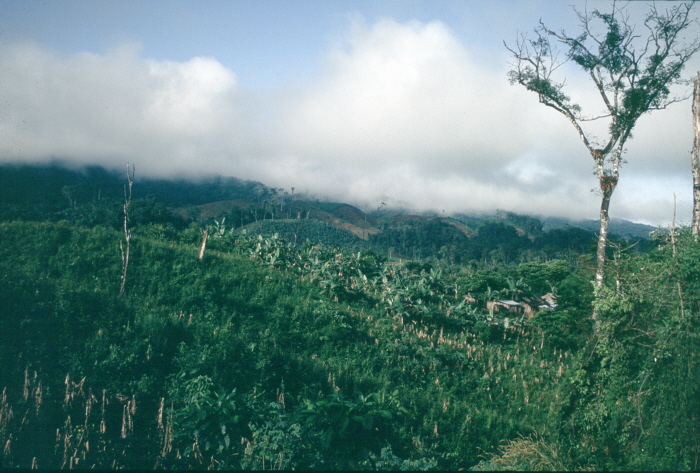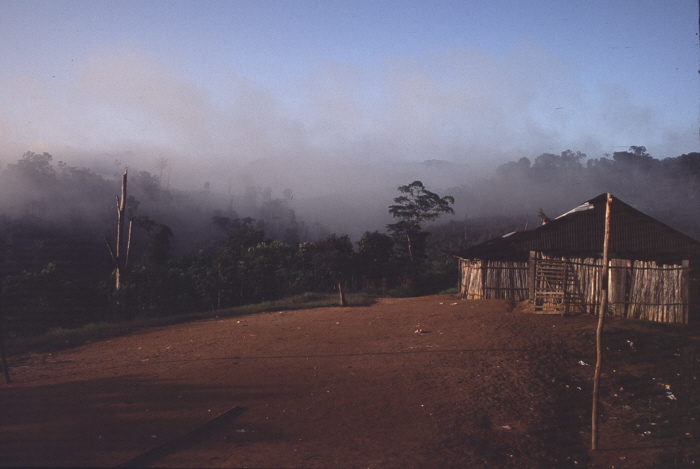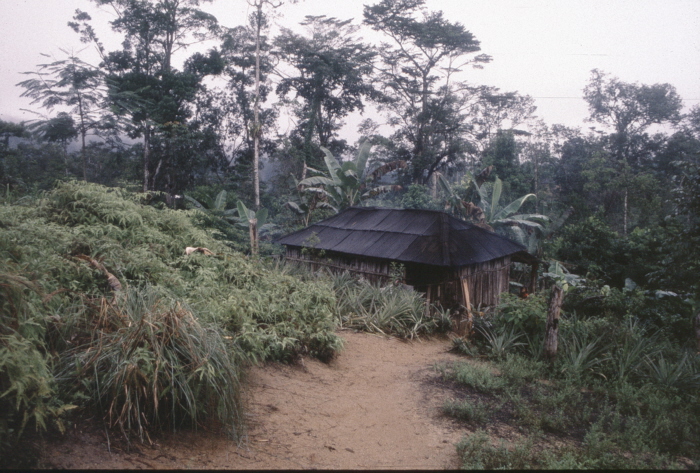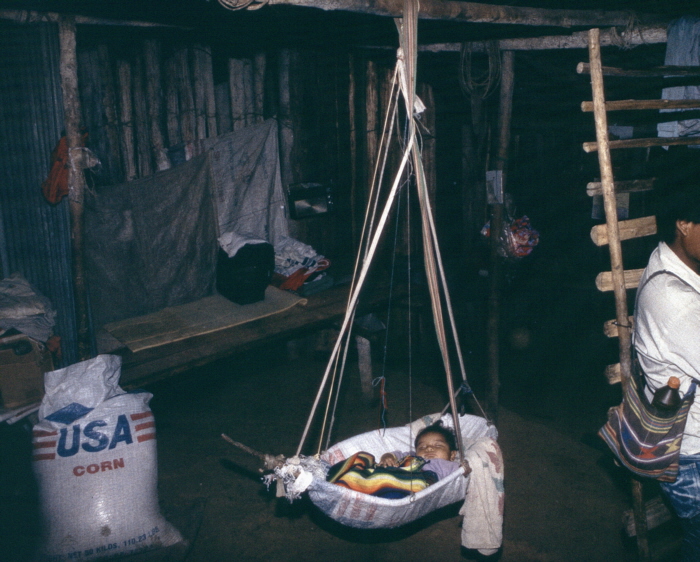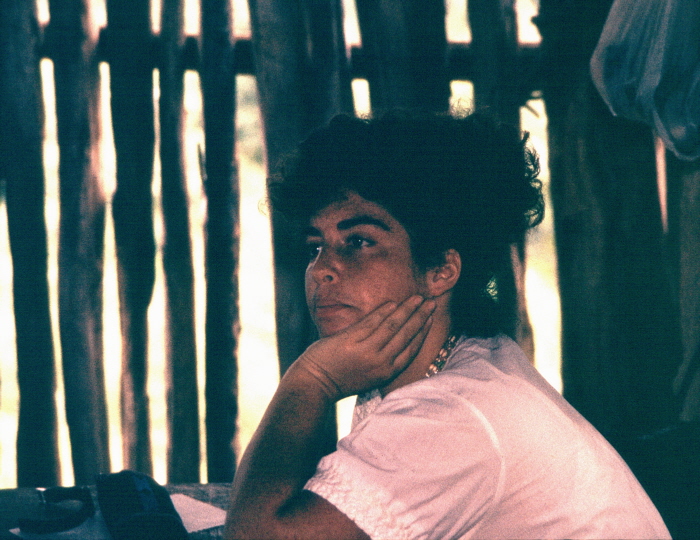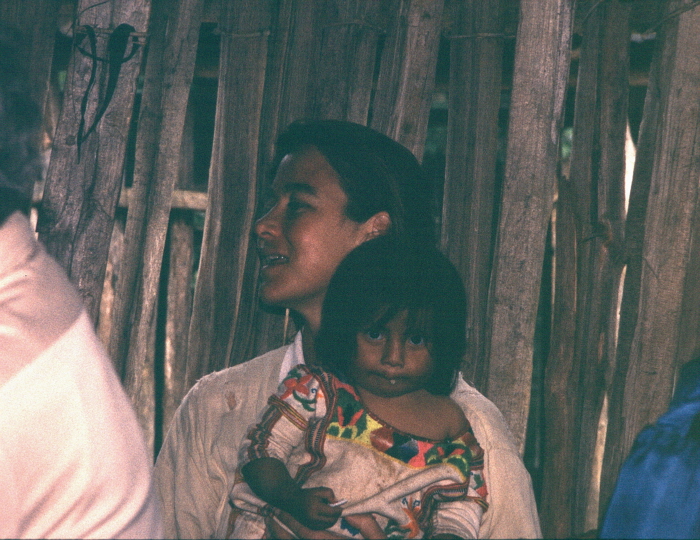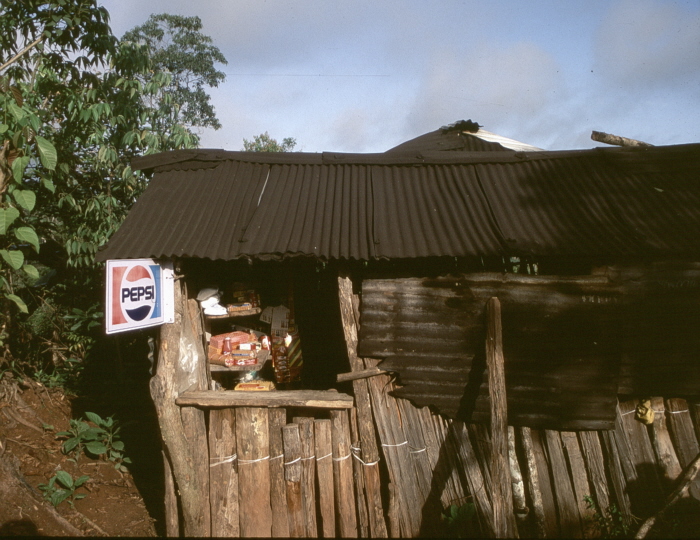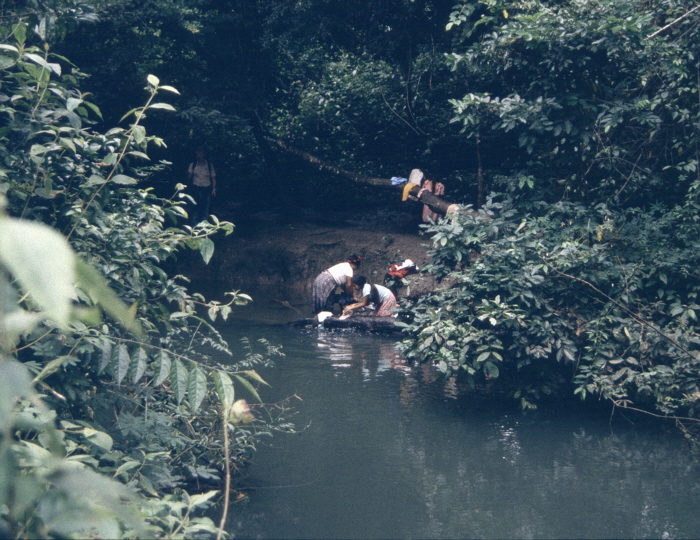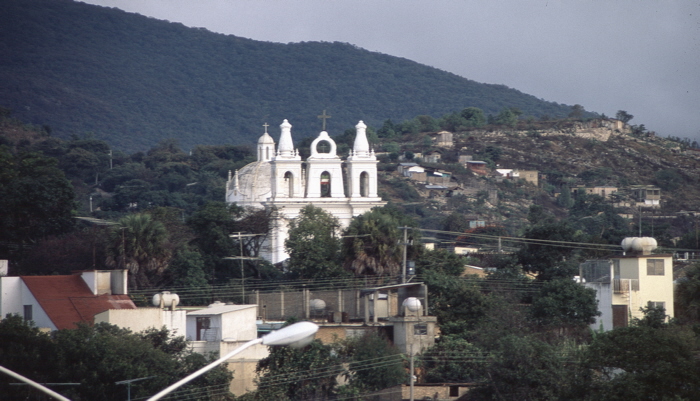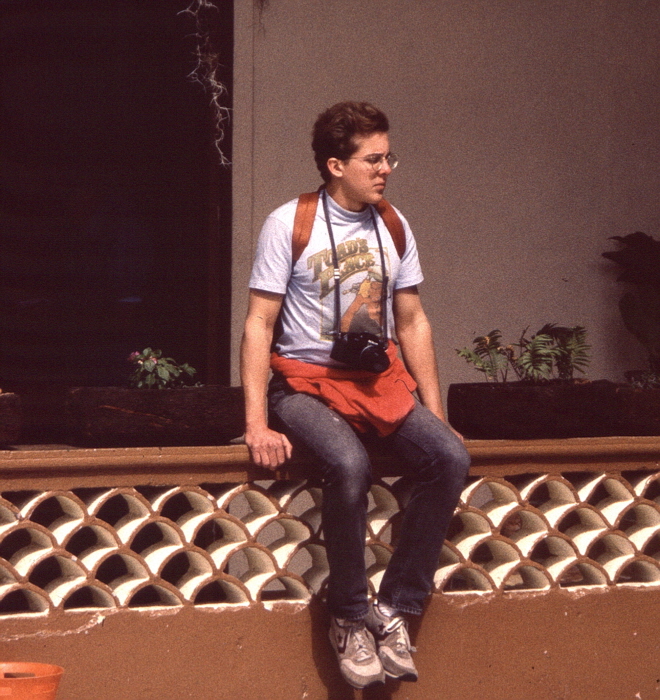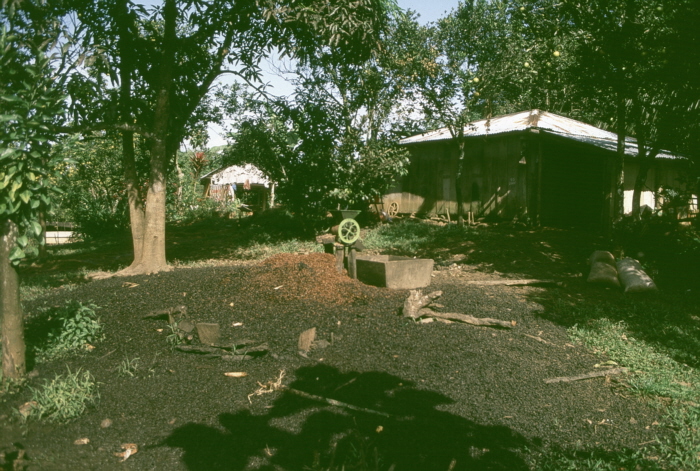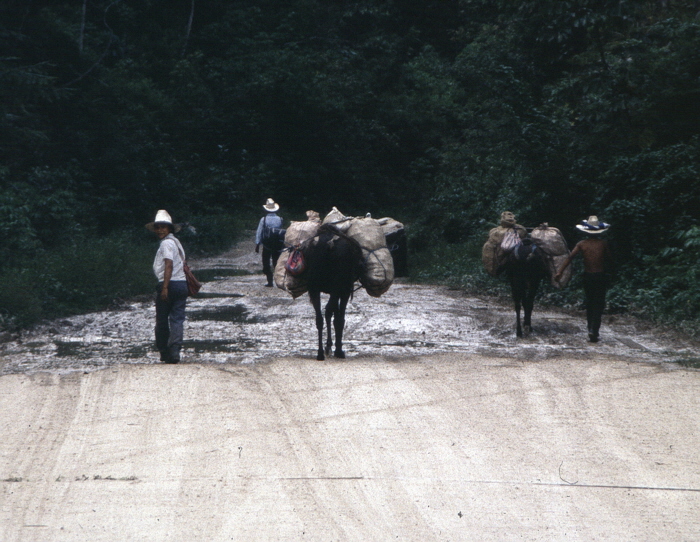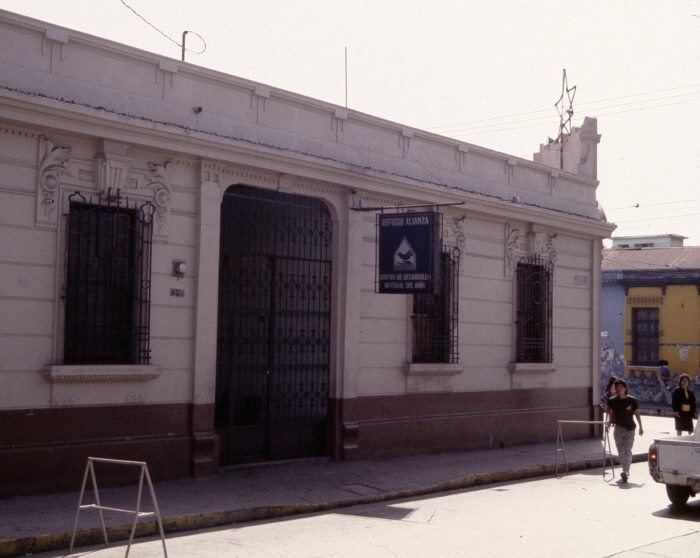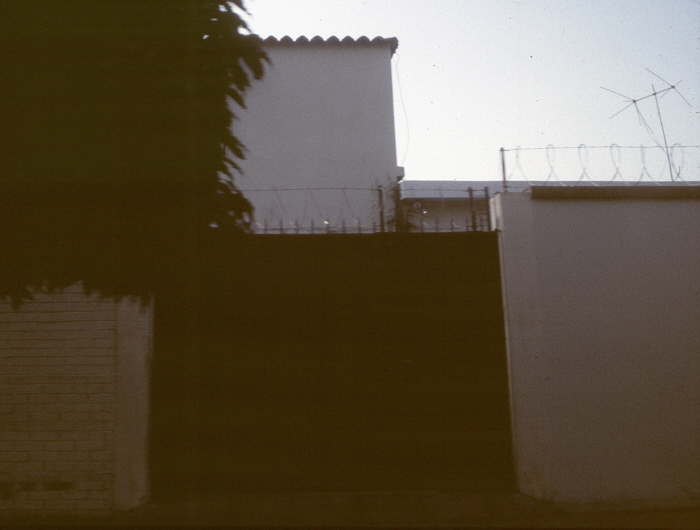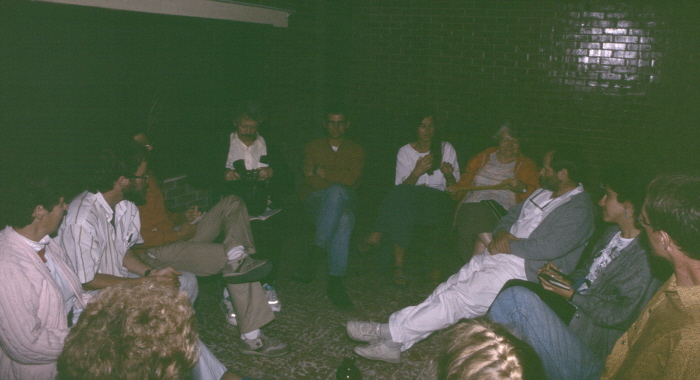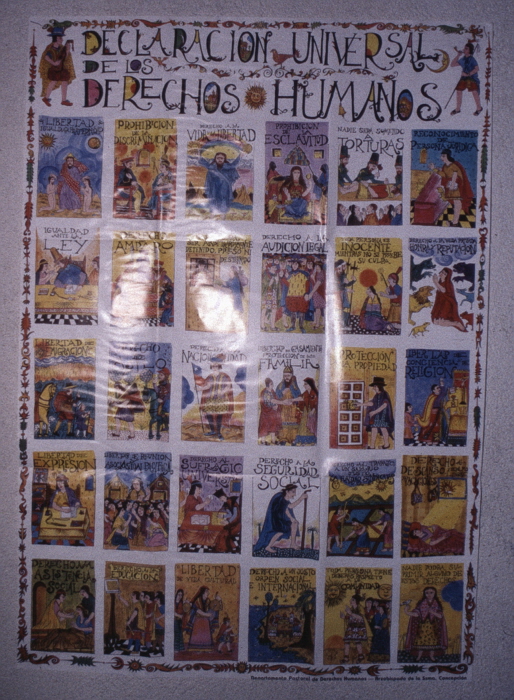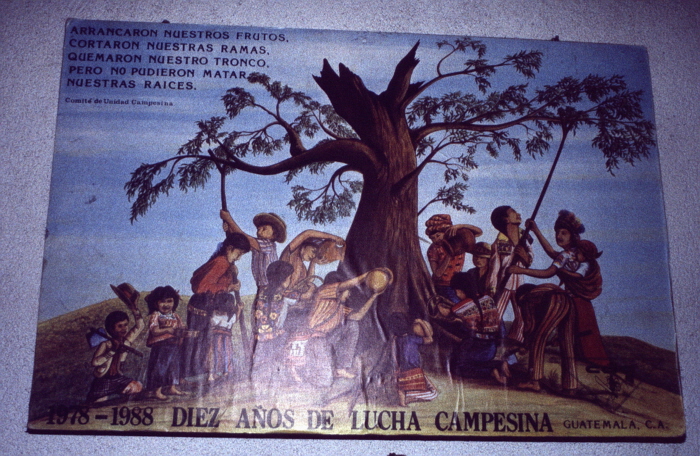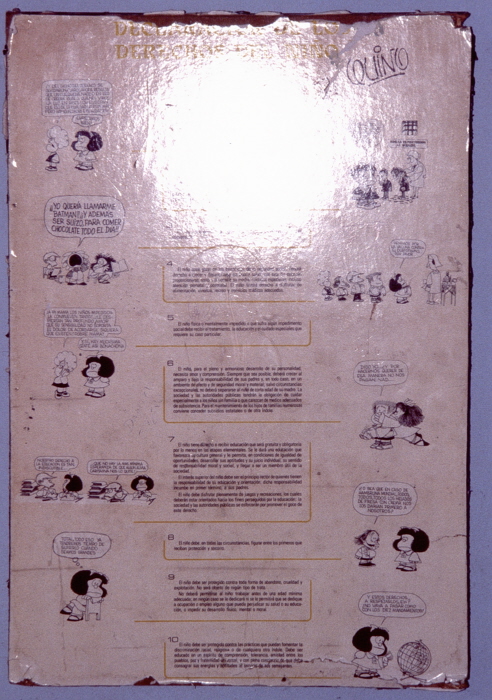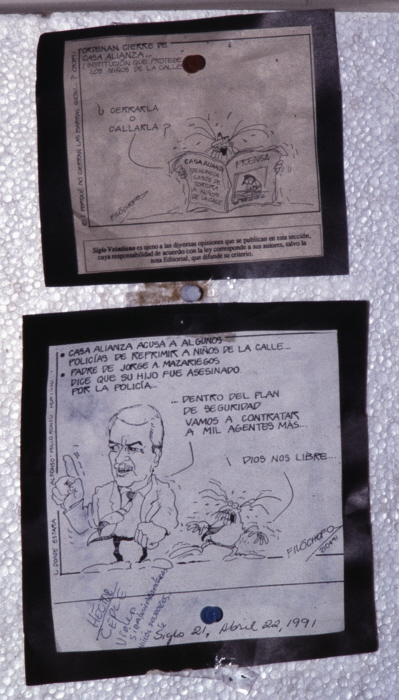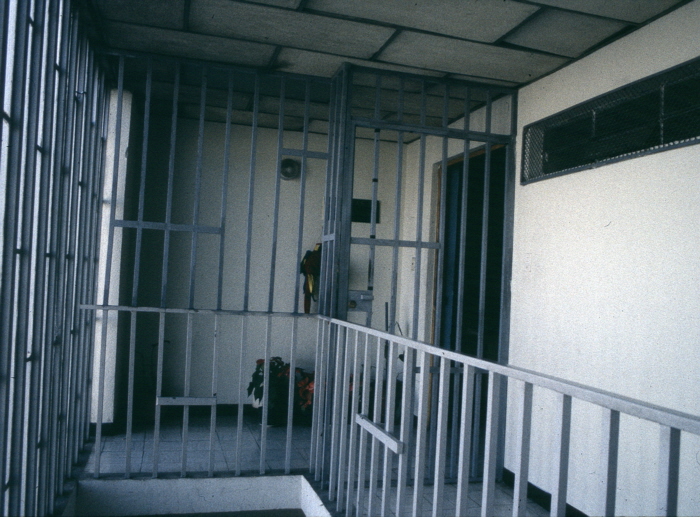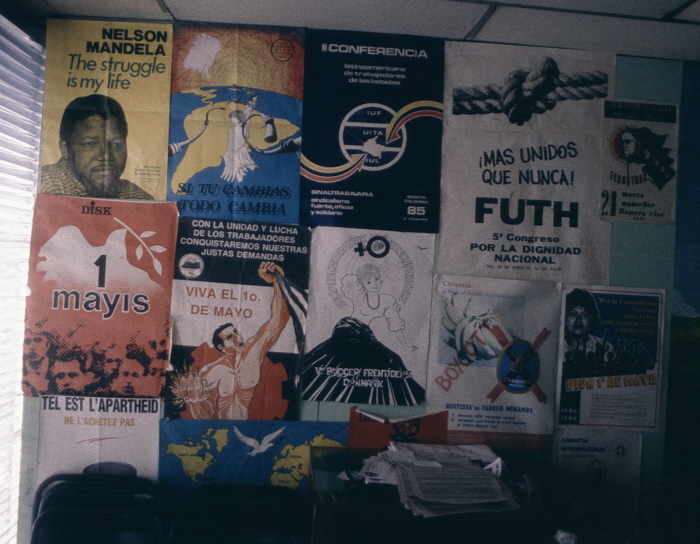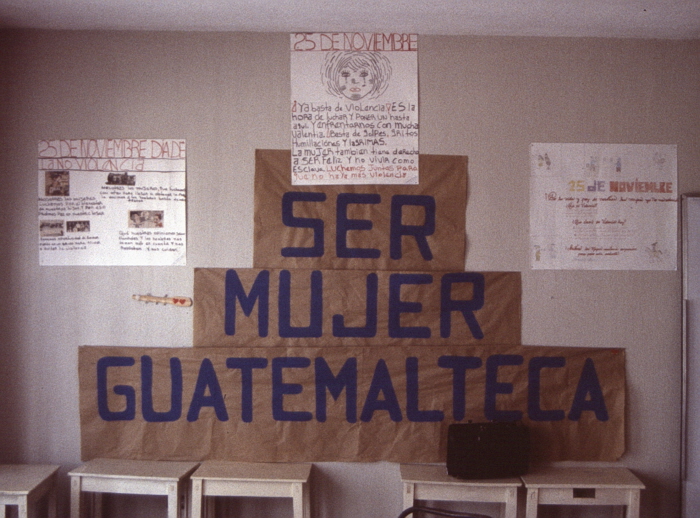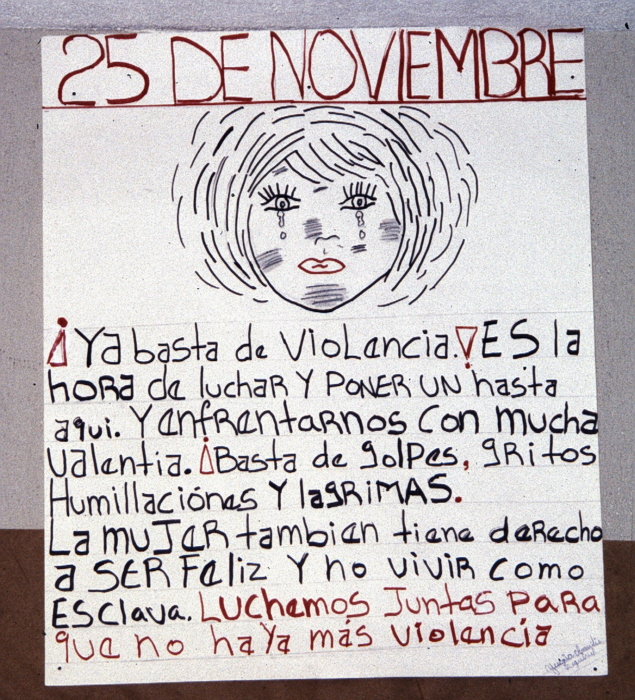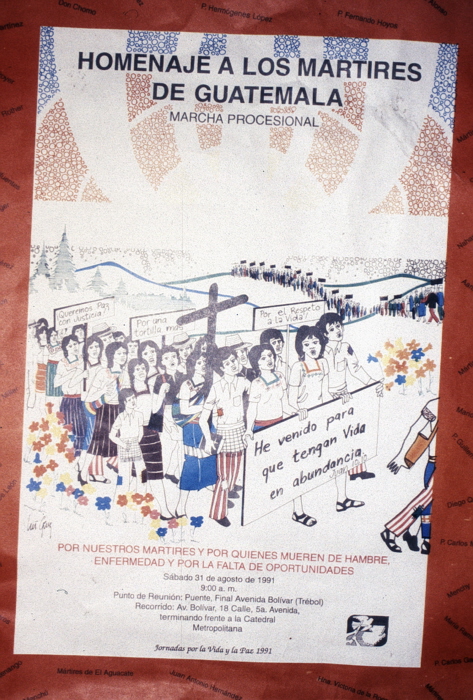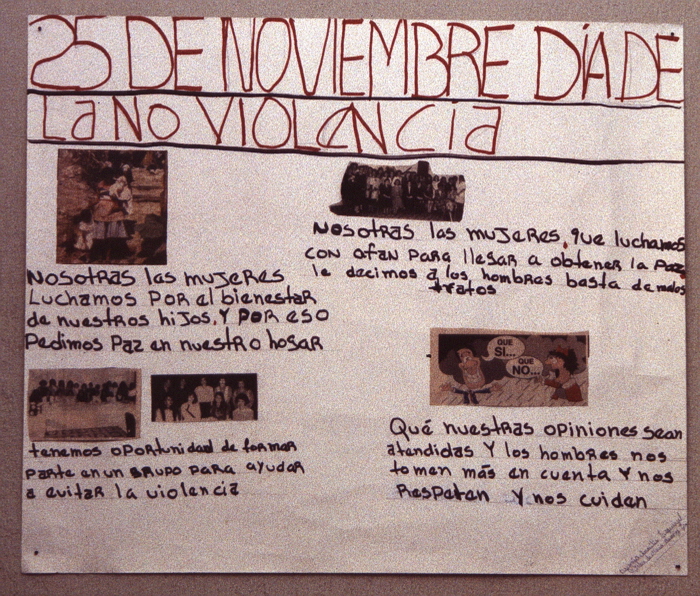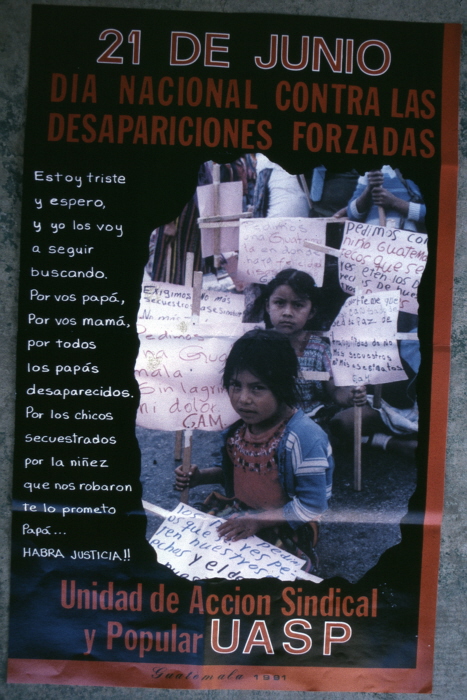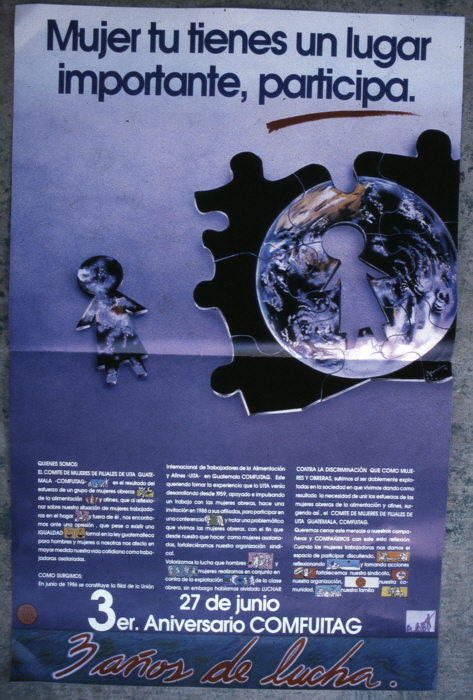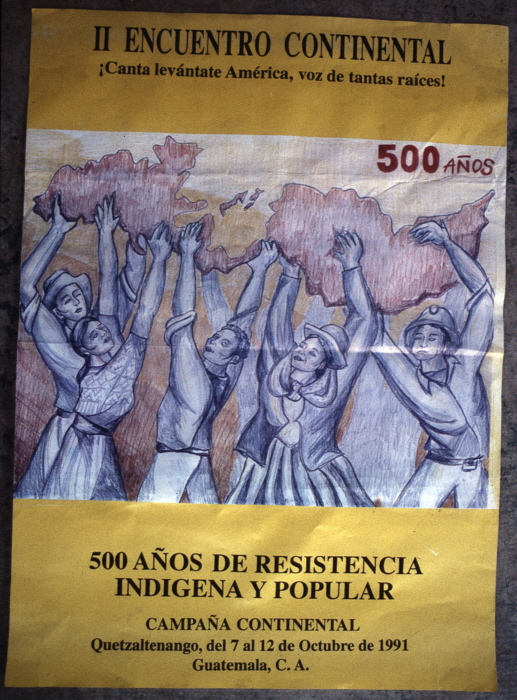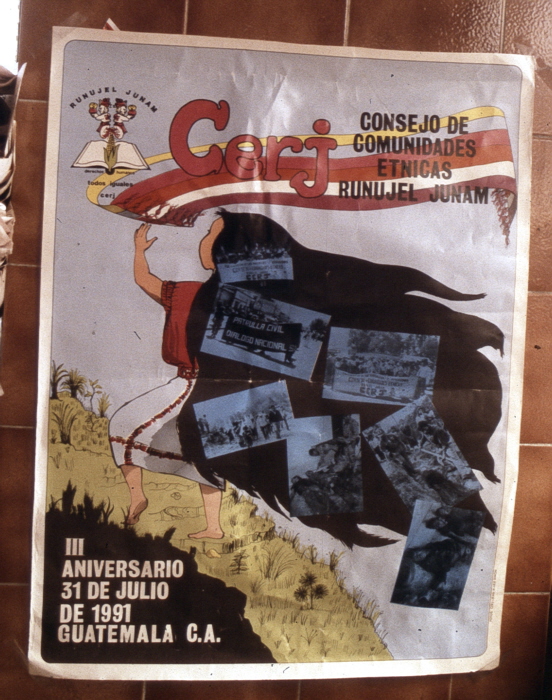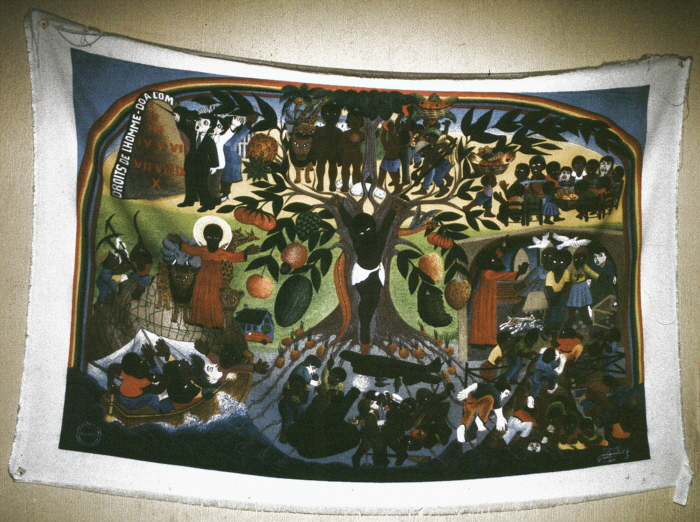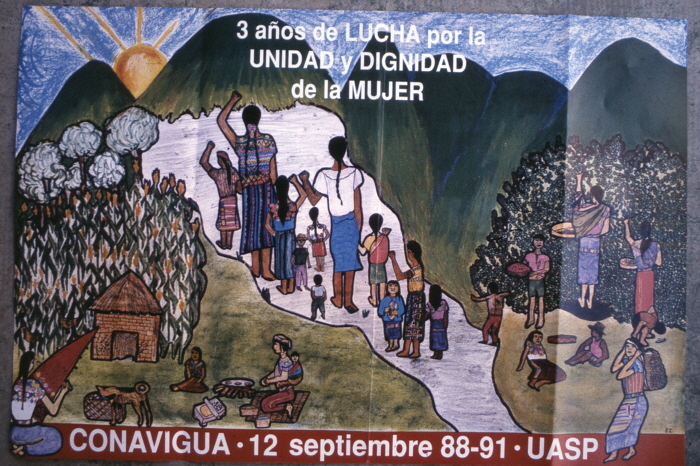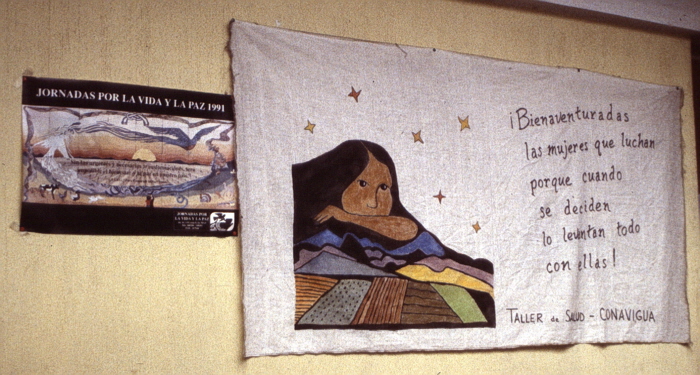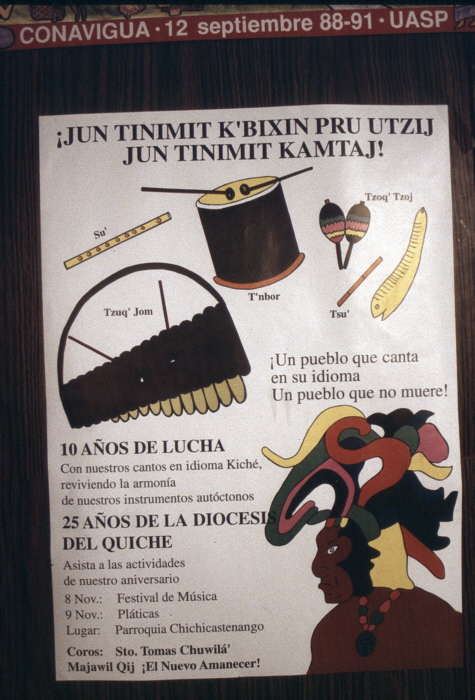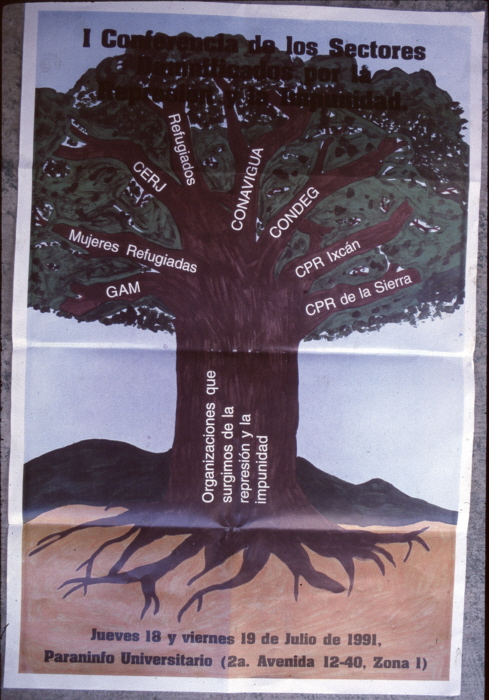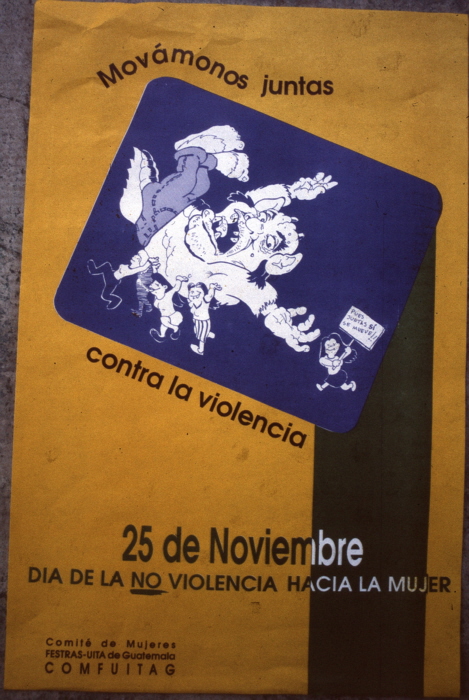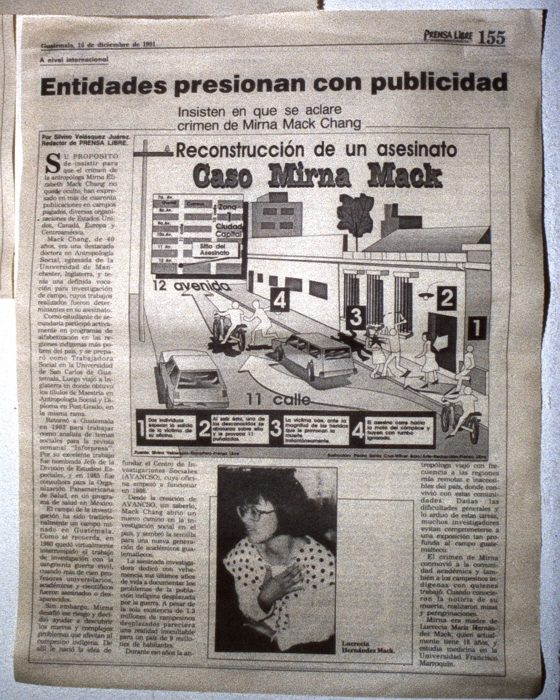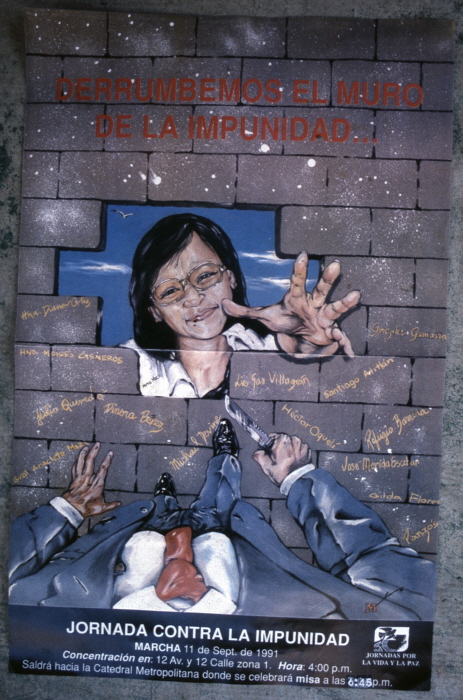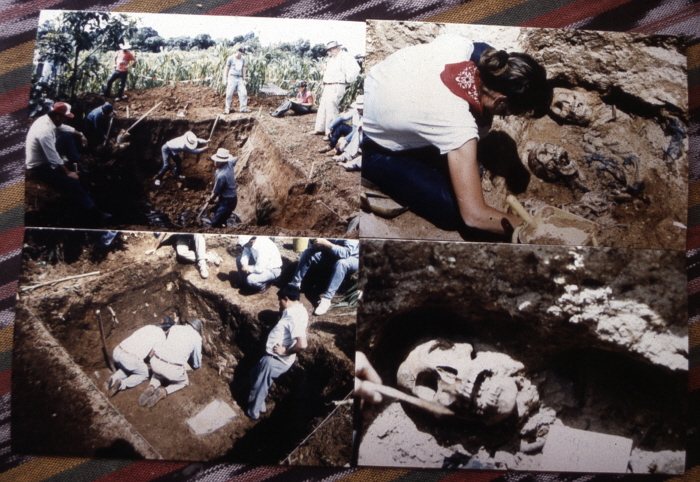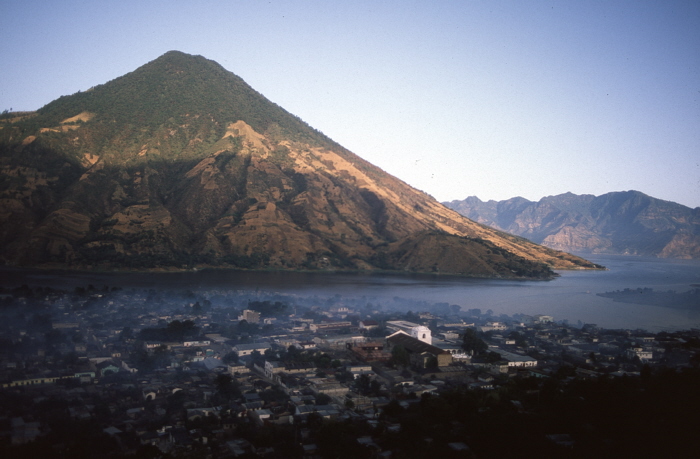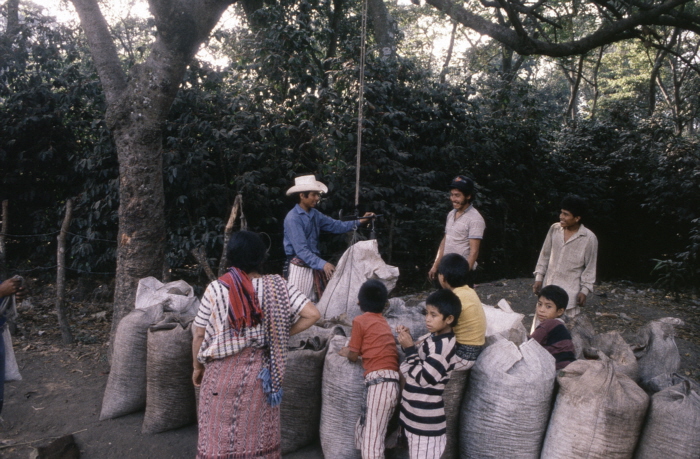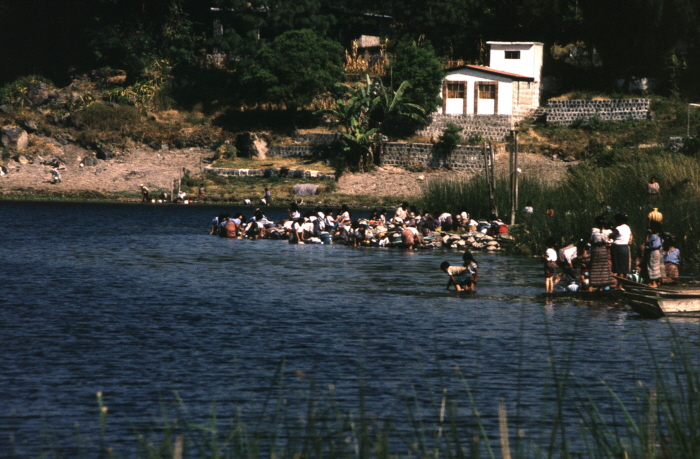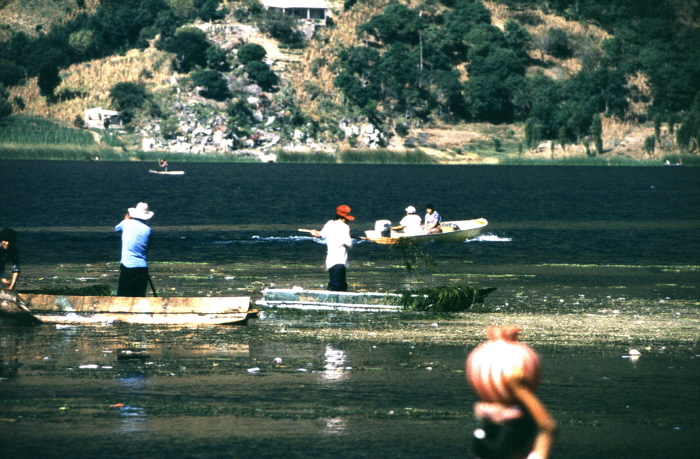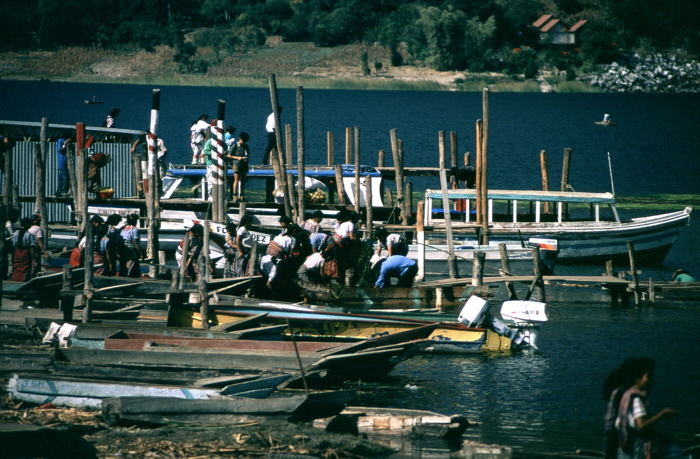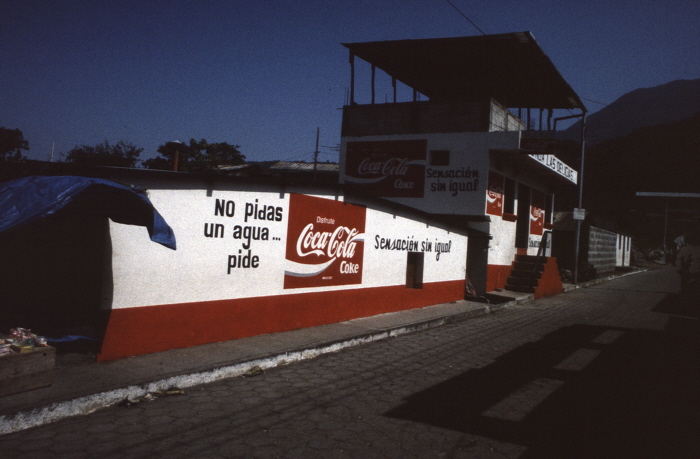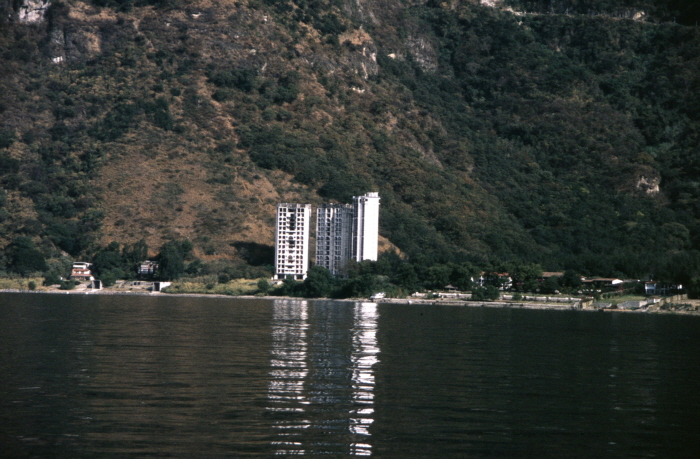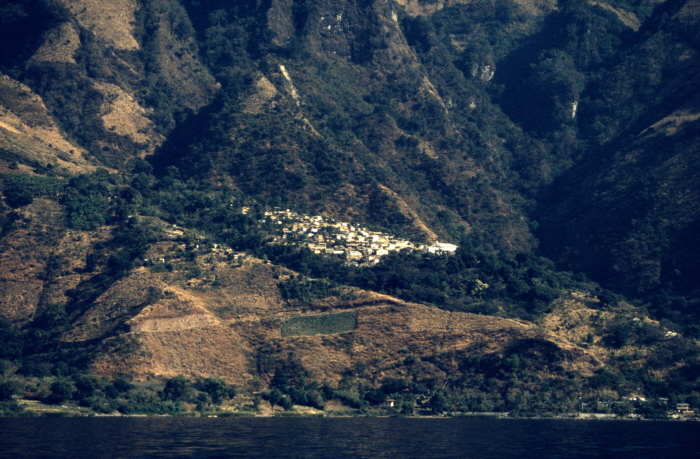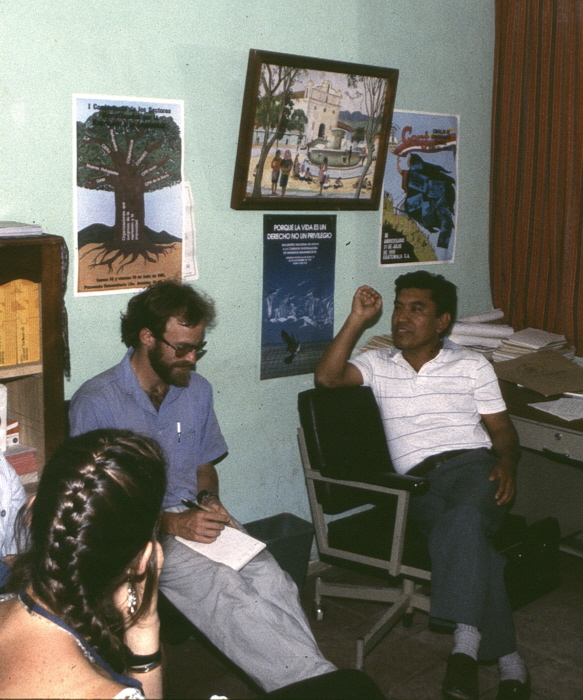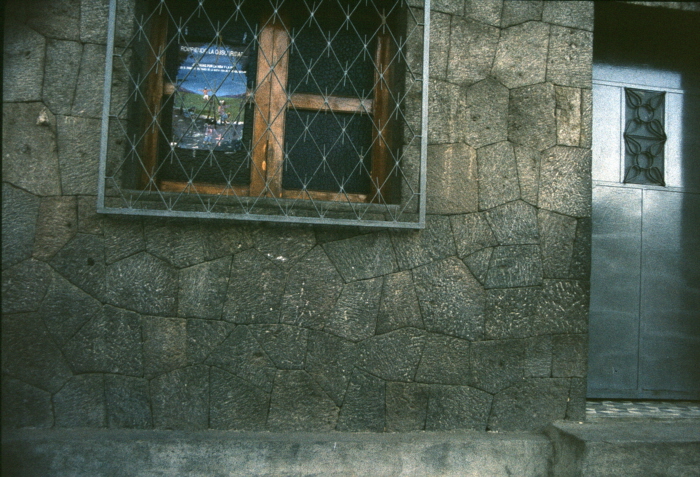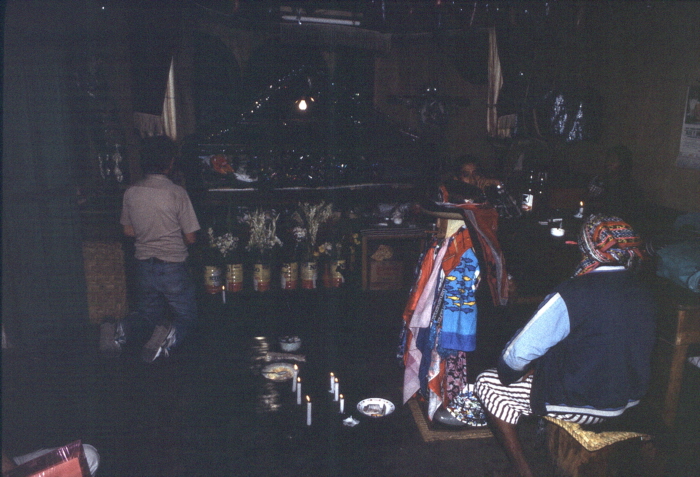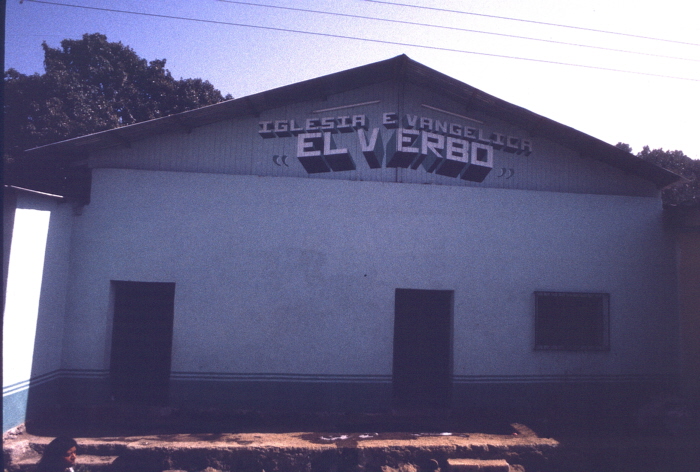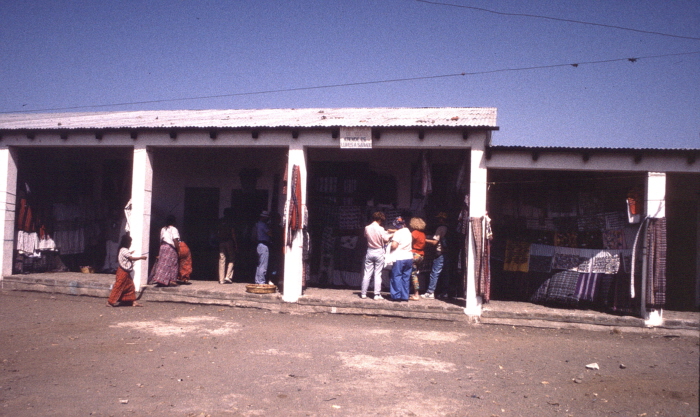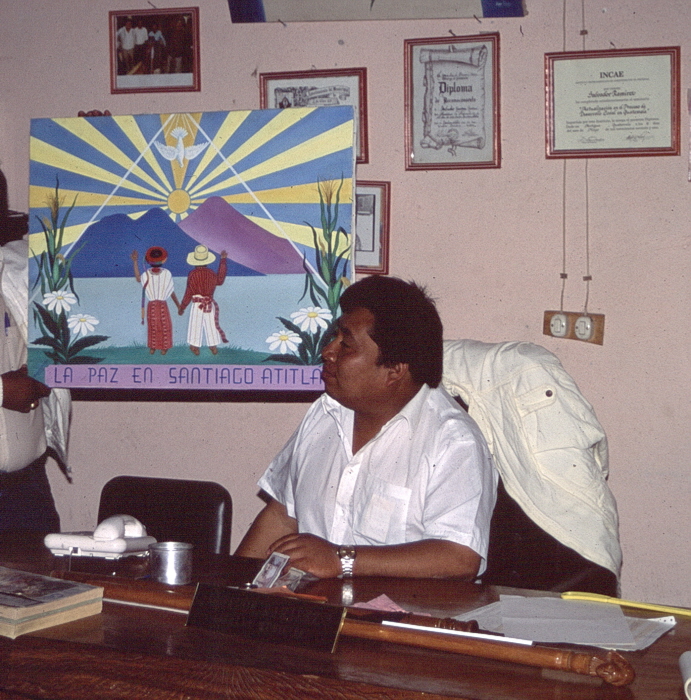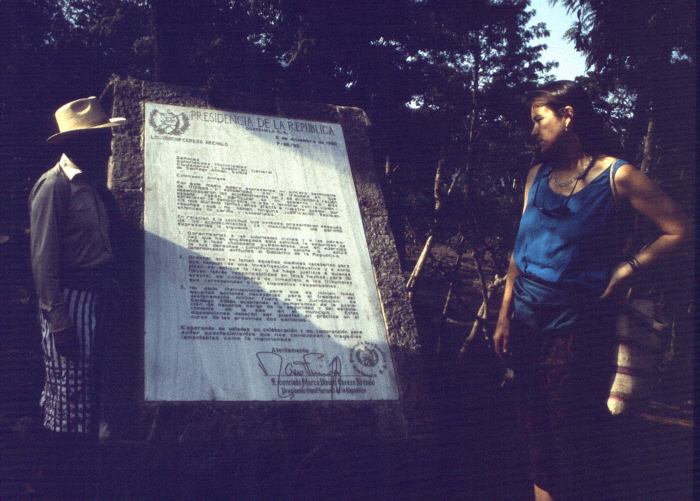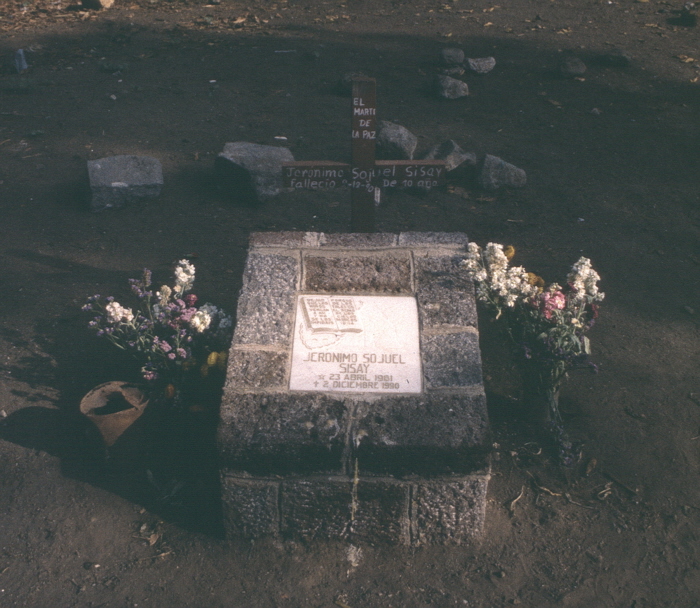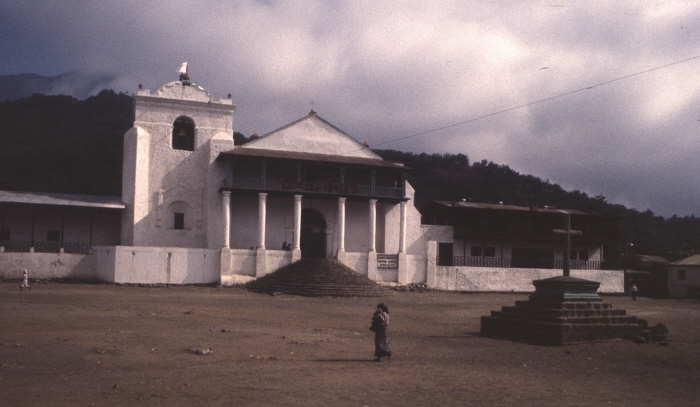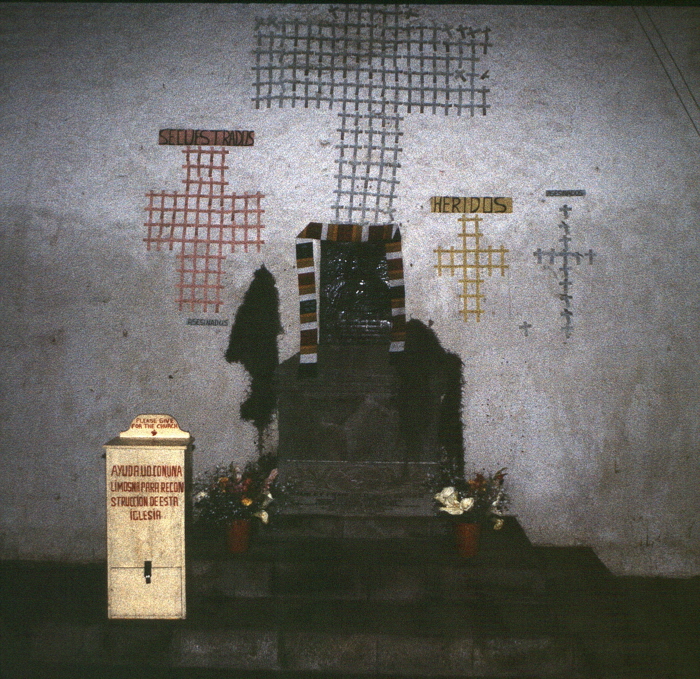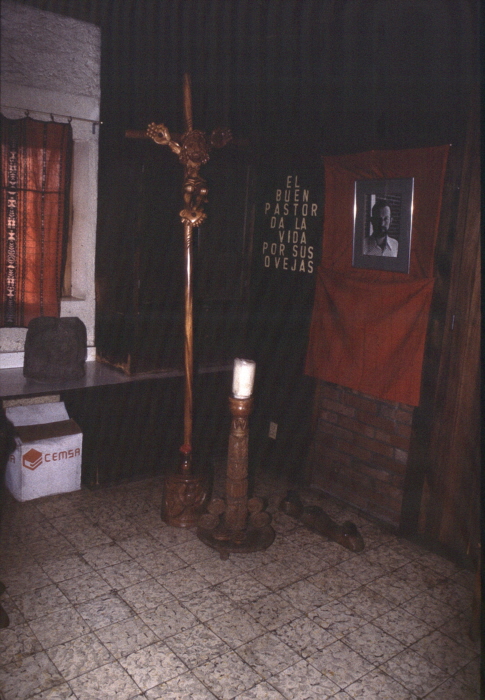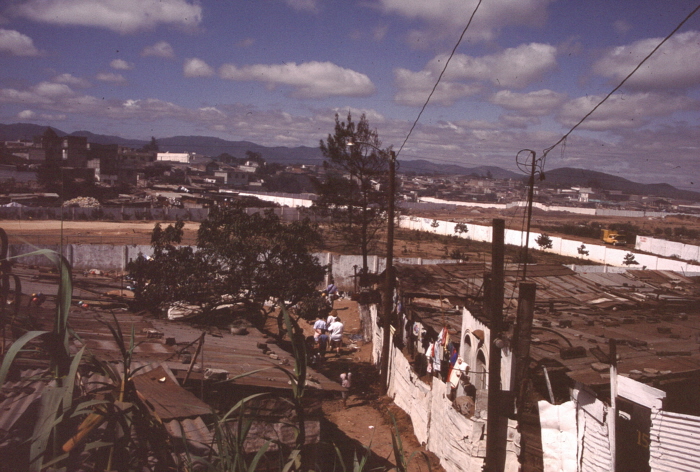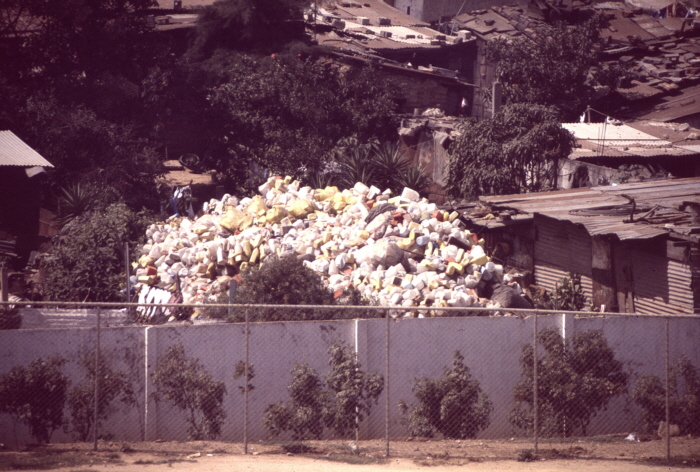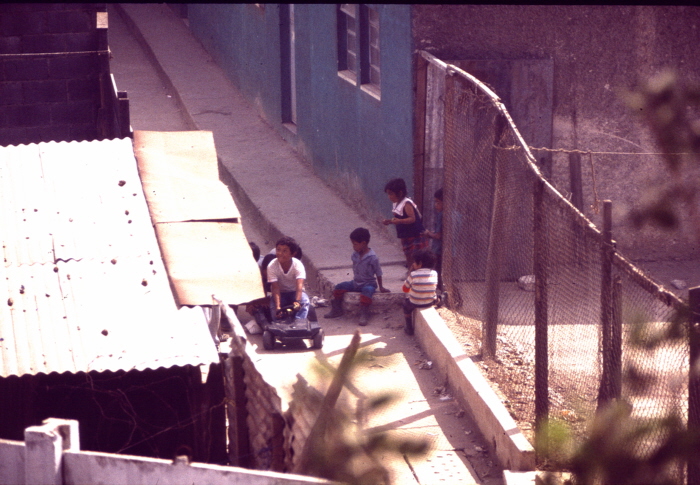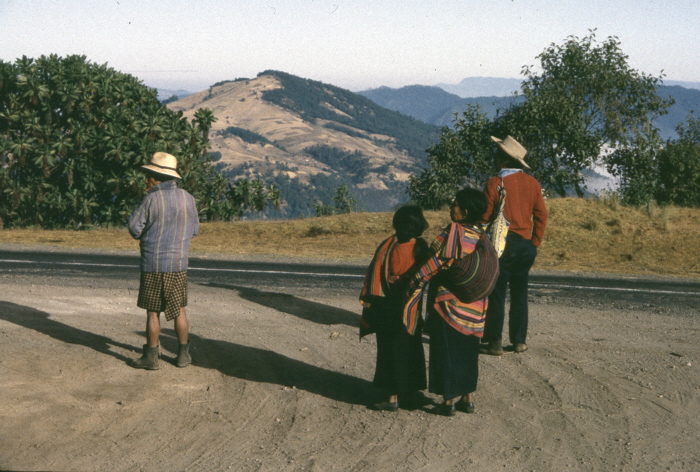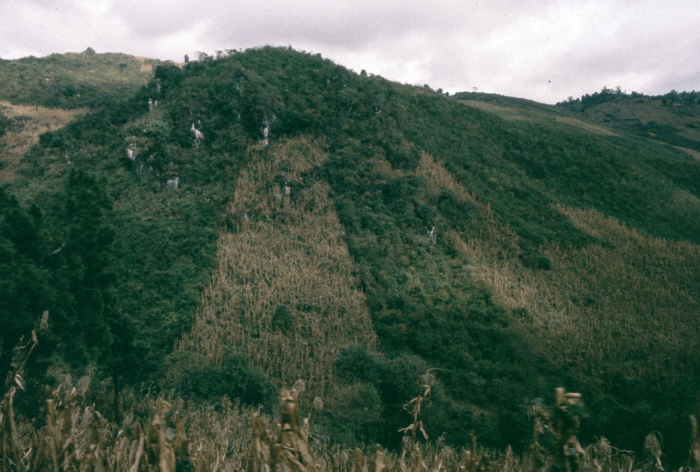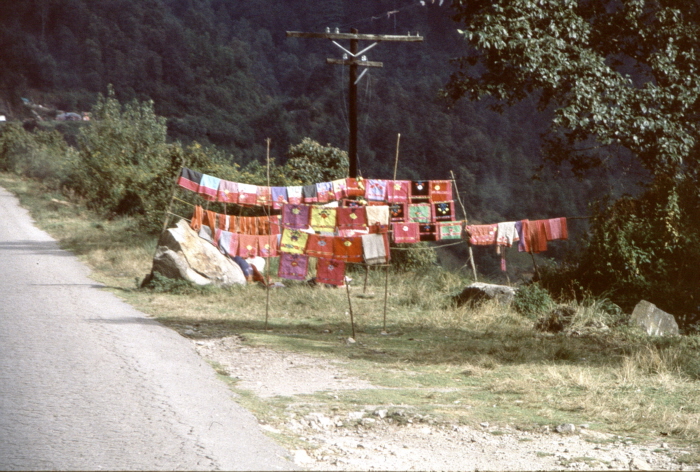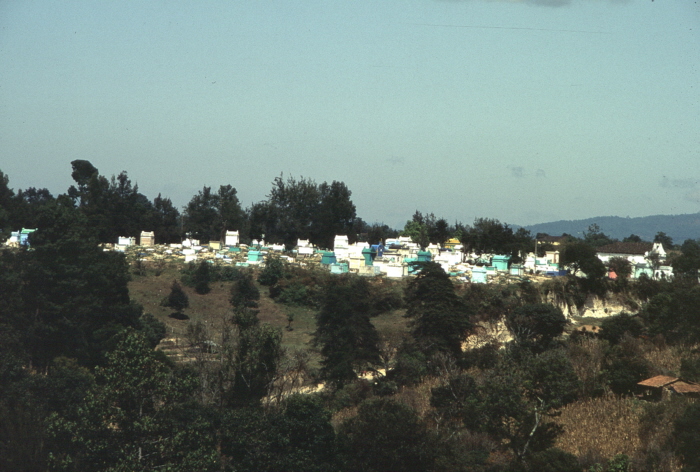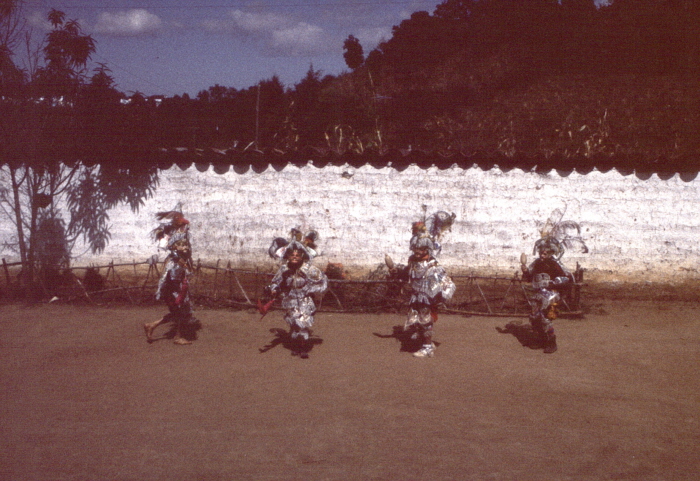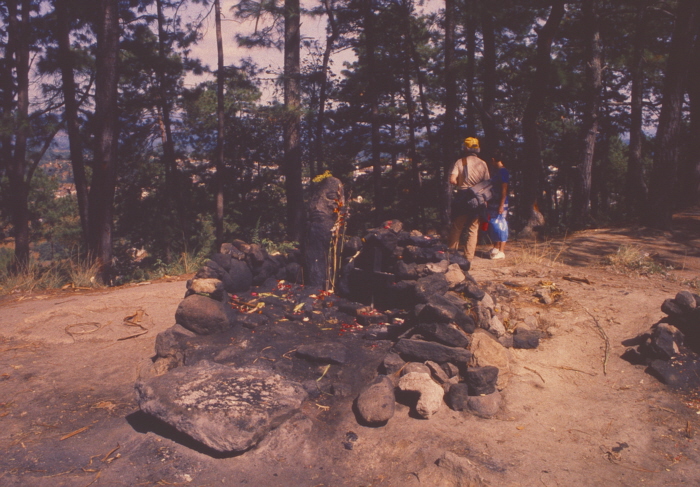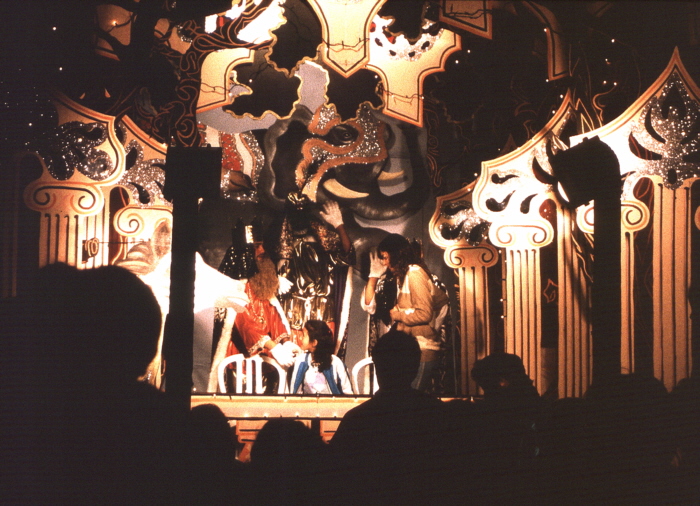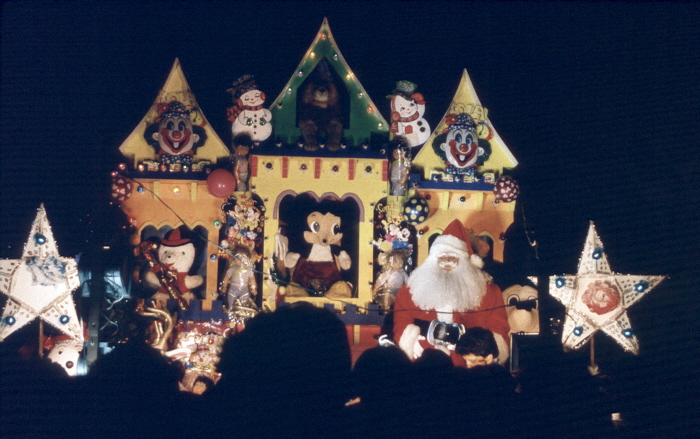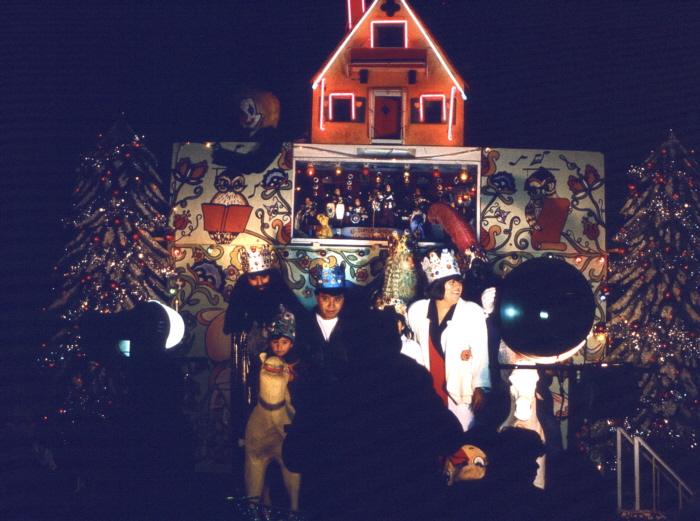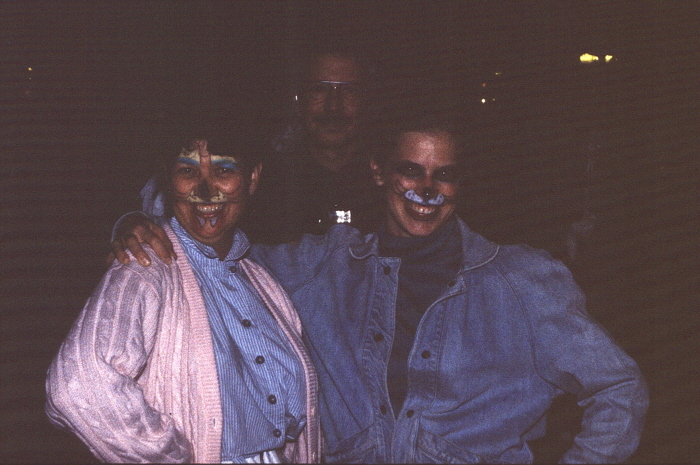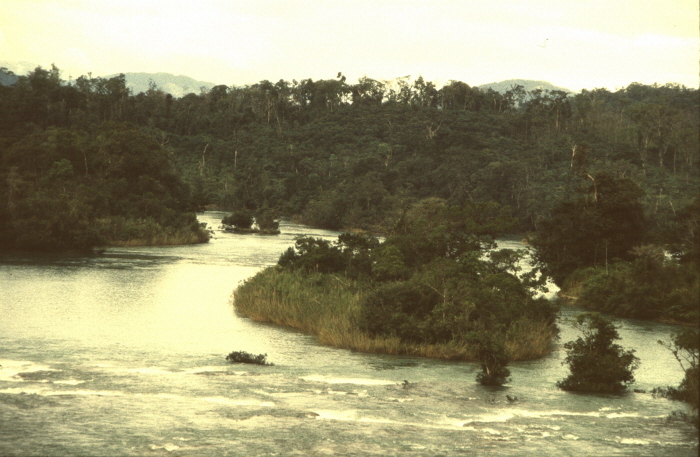|
As 1991 drew to a close, Mayan Indian refugees
in Mexico were preparing to return to their homeland, Guatemala, whence they had fled the terror unleashed by
death squads and the army in service to the ladino oligarchy. (Note: here and below I use the commonly
accepted term "ladino" to refer to Guatemalans of mixed European and Indian ancestry. In 1991, the population
of Guatemala was 56%
ladino and 44% Mayan.)
Over Christmas and New Years 1991-1992, I was privileged to
be a member of a Witness for Peace delegation that visited Malacatan — a refugee camp in southern
Mexico — to learn of their experience and their plans. We then went on to Guatemala to learn something of the
current human rights situation there.
A note on the content of this page:
From 1983 to 1999,
Peace
Brigades International
enlisted volunteers from Europe and the U.S. to accompany Guatemalan human rights activists who were
in clear danger of assassination by government-sanctioned death squads. In 2000 PBI received requests for a renewed presence in
Guatelala, and re-opened an office there in 2003.
On a hunch, I checked the PBI website for information on the current situation in Guatemala, and came upon a page with the
following appeal:
Peace Brigades International
ERN ALERT – GUATEMALA
September 30, 2003
PBI Emergency Response Network – English version.
Dear Friends,
We write you today to activate the External Support Network for the serious threats against human rights defenders
working with CERJ, an organization with whom we have a long history of accompaniment and that we have accompanied
recently on September 18 and 21 during reparations workshops that they facilitated for victims of Guatemala's internal conflict.
As you will read in more detail in the BACKGROUND section, Eusebio Macario, father of Angélica Macario, one of the defenders PBI
is currently accompanying, was assassinated on September 27, according to CERJ possibly by ex-civil patrollers and individuals
with links to the FRG (Guatemalan Republican Front), the political party currently in government. The Guatemala project sees
this assassination as a direct threat against the CERJ leaders carrying out their reparations work with victims in rural
communities and fears similar attacks.
...
Based on this information, I decided not to include any photos of the courageous refugees or activists we met with and
interviewed. Even though some fifteen years have passed, I do not want to risk harm to any of them at the hands of a former death squad
member or modern thug.
I cannot resist noting that as I write this in January, 2007, insurgent forces in Iraq are assassinating family members
of Iraqis who cooperate with the U.S. occupational forces there. The present Bush administration considers such killing to be an outrage, of
course, but it is a truism that George Bush Sr., as Director of the CIA, and later as President, was perfectly comfortable with
death squad activity in Guatemala — as were the CEOs and representatives of the American corporations which did business there.
Several of the American enablers of atrocious murder in Central America during the Reagan-Bush Sr. years — think
Elliot Abrams here — are
well-entrenched in the current administration.
For another take on the Bush
administration's "in-your-face" contempt for the rights of foreign peoples, see this
National Catholic Reporter
article.
Commentary appears below each photo. (My apologies for being such a terrible photographer. These are really not very good pictures.)
|
